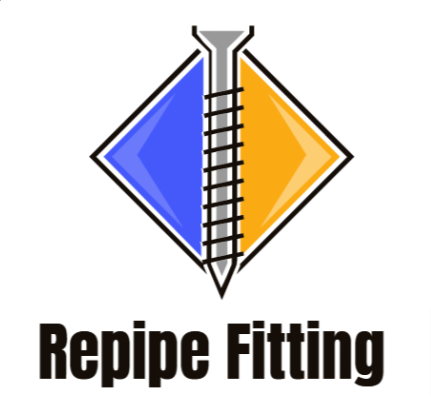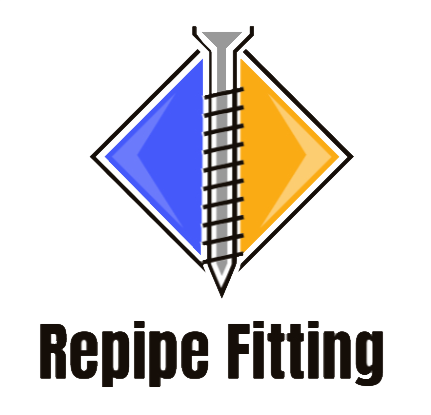Introduction
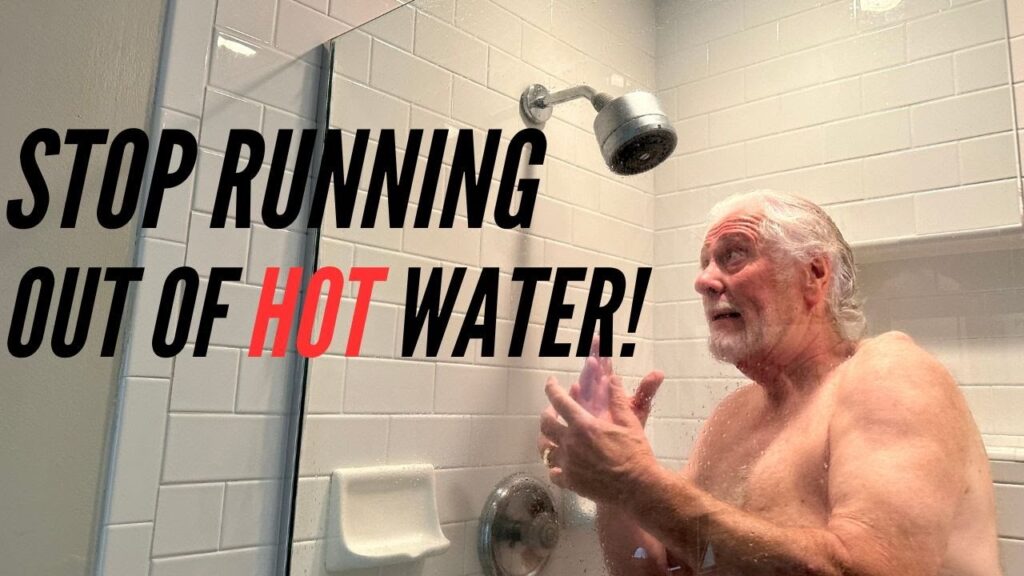
Brief Overview of the Common Issue of Running Out of Hot Water Quickly
Hey there! If you’re finding that your hot water isn’t flowing like it used to, you’re not alone. Many folks face the same issue of low hot water pressure at some point. It’s a real head-scratcher, isn’t it? Well, don’t worry; we’re here to help you get to the bottom of it and fix that tepid trickle.
Running out of hot water quickly can be a real buzzkill, especially when you’re in the middle of a relaxing shower or washing dishes. But before you panic, let’s break down why this happens and explore some nifty solutions.
Importance of Understanding the Causes and Solutions
Understanding the ins and outs of your hot water system is crucial. Not only does it ensure you’ll enjoy those toasty showers and clean dishes, but it can also save you from unexpected plumbing bills down the line.
We’ll cover everything you need to know about your hot water heater, hot water tank, and the entire hot water supply system. By the time we’re done here, you’ll be armed with the knowledge to tackle hot water pressure issues like a pro.
I. Understanding Your Water Heater
a. What is a Water Heater?

Let’s kick things off by getting to know your trusty hot water heater. This appliance is an unsung hero in your home, quietly working behind the scenes to provide you with warm showers and hot water for your daily needs.
Importance of Your Water Heater
Your water heater is like the heart of your hot water system. It’s responsible for heating up the water that flows through your taps, making it essential for everyday tasks like showering, doing the dishes, and laundry. Without it, you’d be stuck with bone-chilling cold water – definitely not ideal, especially during those winter months!
b. Types of Water Heaters
Now that you understand the importance of your hot water heater, let’s explore the different types available. Knowing what type you have can help you troubleshoot low water pressure issues more effectively.
Electric Water Heaters
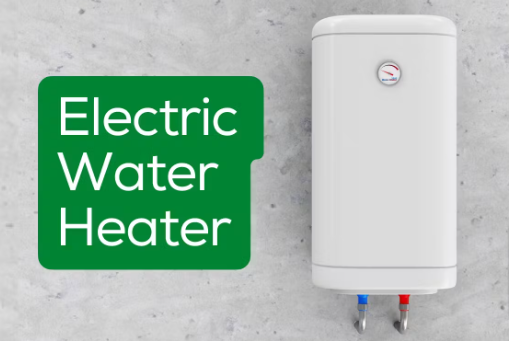
Electric water heaters are the most common type you’ll find in households. They use electricity to heat water stored in a tank. These tanks come in various sizes to suit different hot water needs. They’re relatively efficient and reliable.
Gas-Fired Water Heaters

On the other hand, gas-fired water heaters, as the name suggests, use natural gas or propane to heat the water. They are known for their faster heating capabilities and often have a lower operating cost than electric heaters. However, they require proper ventilation and can be more complex to install.
Differences Between Electric and Gas Water Heaters
The main difference between these two types is the energy source they use. Electric heaters rely on electricity, while gas-fired heaters use gas. Gas heaters tend to heat water more quickly, making them suitable for larger families or homes with high hot water demands. Electric heaters are simpler to install and may be a better choice if you don’t have access to gas lines.
c. How Does a Water Heater Work?
Understanding how your water heater operates can help you pinpoint the root causes of low hot water pressure. So, let’s dive into the basics of how this crucial appliance works.
The Basics of Water Heater Operation
Your hot water heater is essentially a large tank filled with water. It has a heating element (either electric or gas-powered) that warms the water to the desired temperature. When you turn on a hot water tap, the heated water is drawn from the tank and flows through your plumbing system to reach its destination.
Now, let’s say you’re experiencing low hot water pressure. It could be due to a variety of factors, such as mineral buildup, a faulty heating element, or a water line blockage. These issues can disrupt the flow of hot water and lead to reduced pressure at your faucets and showers.
II. Common Causes of Hot Water Running Out Fast
a. Faulty Dip Tube
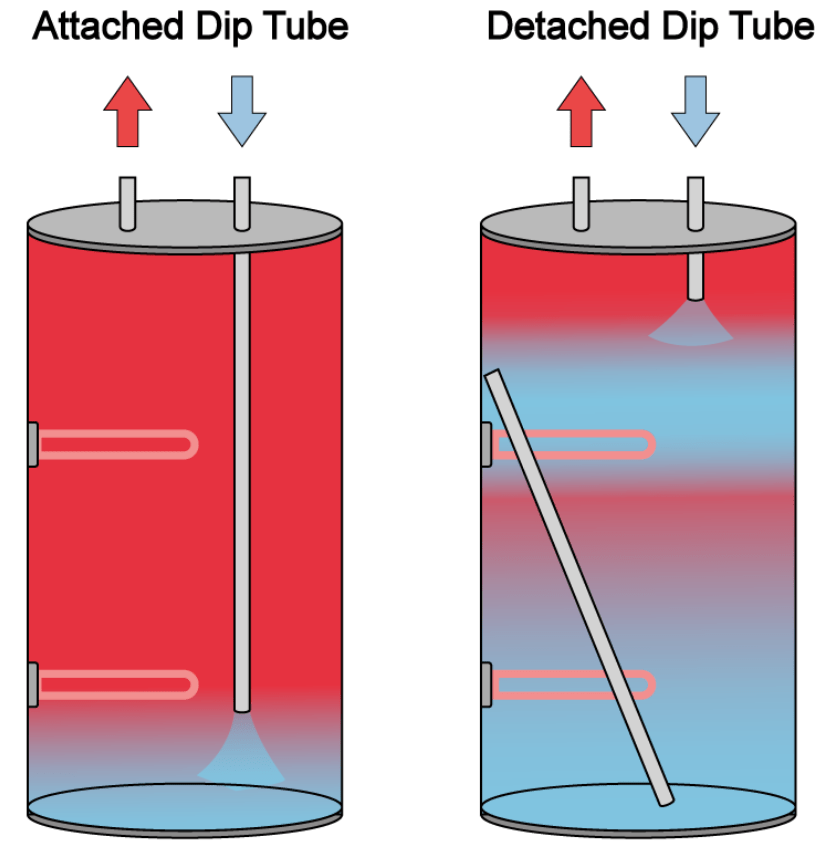
You might be wondering why your hot water seems to vanish into thin air faster than you can say “hot shower.” Well, one possible culprit is a faulty dip tube in your water heater.
How a Faulty Dip Tube Affects Hot Water
The dip tube is like a traffic cop for your hot water. It directs the incoming cold water to the bottom of the tank, where it’s heated. If this tube becomes damaged or deteriorates over time, it can start sending cold water to the top of the tank, mixing with the hot water that’s ready for use. This leads to lukewarm or cold water coming out of your faucets when you expect a hot shower.
b. Sediment Buildup

Sediment buildup is another sneaky reason why you might be running out of hot water faster than you’d like.
How Sediment Affects Water Heating Efficiency
Over time, minerals and debris can accumulate at the bottom of your water heater tank. This sediment acts as an insulating layer, making it harder for the heating element to do its job efficiently. As a result, your water heater has to work harder and longer to heat the water, reducing the available hot water supply.
c. Incorrect Temperature Setting
Believe it or not, your hot water temperature setting can play a role in how quickly you run out of hot water.
The Impact of a Low Temperature Setting
If your water heater’s temperature is set too low, it’s working harder to heat the water to a comfortable level. This can lead to premature depletion of your hot water supply, leaving you with chilly surprises in the middle of your shower.
d. Size of the Water Heater
The size of your water heater is like the size of your gas tank in a car – it determines how far you can go before needing a refill.
How an Undersized Water Heater Can Be Insufficient
If your household’s hot water demands are high, but you have a relatively small water heater, you might run out of hot water quickly. This can be especially frustrating during busy mornings when everyone needs their fair share of hot water.
III. Practical Solutions
a. Regular Maintenance and Inspection
Now that you’re equipped with knowledge about the common causes of low water pressure in your hot water system, let’s dive into practical solutions to keep that flow steady and strong.
Importance of Regular Checks
Just like your car needs regular oil changes to run smoothly, your hot water heater needs some TLC too. Regular checks and maintenance are essential to ensure it’s operating at its best. Here are some tips:
- Inspect Annually: Schedule an annual inspection by a professional plumber to assess the overall health of your water heater. They’ll catch issues before they become major headaches.
- Keep an Eye Out: Be vigilant for any signs of trouble, such as rust, leaks, or unusual noises. Early detection can save you time and money.
- Test the Pressure Relief Valve: This valve is your water heater’s safety feature. Test it by lifting the lever to allow a burst of hot water to discharge. If it doesn’t function correctly, it may need replacement.
b. Replacing Faulty Components
Sometimes, a little surgery is needed to restore your hot water pressure. Identifying and replacing faulty components is key to ensuring your system operates smoothly.
Identifying Faulty Elements and Dip Tubes
- Heating Elements: If your hot water isn’t getting hot enough, the heating element might be the culprit. A plumber can test and replace it as needed.
- Dip Tube: As mentioned earlier, a faulty dip tube can wreak havoc on your hot water supply. If it’s deteriorated, it’s time for a replacement.
c. Flushing the Tank

A good flush can do wonders, especially for a water heater suffering from sediment buildup.
Steps on How to Flush the Tank
- Turn off the power or gas supply to your water heater.
- Attach a garden hose to the drain valve at the bottom of the tank.
- Place the other end of the hose in a floor drain, a bucket, or outdoors where the hot water won’t cause damage.
- Open a hot water faucet in your home to allow air into the tank, which will facilitate drainage.
- Open the drain valve and let the water flow out. You’ll notice sediment coming out with the water.
- Close the drain valve once the water runs clear.
- Turn the power or gas supply back on.
d. Adjusting Temperature Settings
Let’s wrap up with a simple yet effective solution: adjusting your temperature settings.
Guide on Adjusting the Temperature
- Locate the temperature dial on your water heater. It’s often located near the bottom.
- Use caution when adjusting. Turning the temperature too high can scald, while setting it too low may not provide hot enough water.
- Most experts recommend a setting of around 120 degrees Fahrenheit (49 degrees Celsius) for a balance between safety and hot water availability.
- Wait a few hours after adjusting the temperature to check if it suits your needs. Fine-tune it if necessary.
IV. Overflow Pipe Issues

a. Understanding the Overflow Pipe
Let’s delve into another aspect of your hot water system – the often-overlooked but crucial overflow pipe.
Role and Importance of the Overflow Pipe
The overflow pipe is like your water heater’s safety net. Its primary role is to prevent excessive pressure from building up inside the tank. Here’s how it works: when the temperature and pressure inside the tank become too high, the overflow pipe releases a small amount of hot water to relieve the pressure. This prevents your water heater from turning into a potential explosion hazard.
Solution: Ensure your overflow pipe is properly connected and not obstructed. If you ever notice water coming from this pipe, it’s a sign that your water heater is experiencing excessive pressure, which requires immediate attention from a professional plumber.
b. Causes of Overflow Pipe Leaks
Now, let’s talk about why your overflow pipe might be leaking. It’s crucial to identify the root causes to address the issue effectively.
Common Reasons for Overflow Pipe Leaks
- Excessive Pressure: As mentioned earlier, if your water heater is producing more pressure than the overflow pipe can handle, it might start leaking.
- Faulty Temperature and Pressure Relief (TPR) Valve: This valve is connected to the overflow pipe and is responsible for releasing excess pressure. If it’s malfunctioning or faulty, it could lead to leaks.
- Corrosion: Over time, the overflow pipe can corrode, especially if it’s made of metal. Corrosion weakens the pipe, making it prone to leaks.
c. Addressing Overflow Pipe Problems
Now that you understand the importance of the overflow pipe and the potential issues it can face, let’s explore solutions to address these problems.
Solutions and Steps to Fix Leaking Overflow Pipes
- Inspect the TPR Valve: Begin by checking the Temperature and Pressure Relief (TPR) valve. Ensure it’s functioning correctly. If it’s leaking, replace it with a new one. Remember to turn off the power or gas supply to the water heater before doing any work.
- Replace Corroded Pipes: If corrosion is causing the leaks, it’s best to replace the corroded sections of the overflow pipe. Opt for materials like PVC or CPVC that are less prone to corrosion.
- Adjust Pressure Settings: If your water heater consistently produces excessive pressure, consult a professional plumber to adjust the pressure relief valve or assess the overall health of your system.
V. Water Heater Replacement
a. Signs Your Water Heater Needs Replacing
It’s time to discuss a significant decision – whether it’s time to bid farewell to your trusty old water heater and welcome a new one into your home.
Identifying When It’s Time to Replace Your Water Heater
- Age: Water heaters have a lifespan of about 10-15 years. If yours is approaching or surpassing this age range, it’s time to consider a replacement.
- Frequent Repairs: If you find yourself calling the plumber for repairs more often than you’d like, it might be more cost-effective to invest in a new water heater.
- Rusty Water: Rusty or discolored water coming from your faucets can be a sign of internal corrosion in the tank, which is a clear indicator that your water heater is on its last legs.
- Leaks: A leaking tank is a surefire sign that your water heater is failing. Water damage can be costly, so don’t delay in addressing this issue.
b. Choosing a New Water Heater
Selecting the right water heater is crucial to ensure a reliable hot water supply that meets your household’s needs.
Tips on Selecting the Right Type and Size of Water Heater
- Type: Consider whether you want to stick with a traditional tank water heater or explore more energy-efficient options like tankless or heat pump water heaters. Each has its advantages and limitations.
- Size: The size of your water heater should match your household’s hot water demand. A larger family will require a bigger tank or a high-capacity tankless unit.
- Energy Efficiency: Look for the Energy Star label to identify water heaters that meet high-efficiency standards. Investing in an energy-efficient model can lead to long-term savings on your energy bills.
VII. Conclusion
In this comprehensive guide, we’ve explored the common issue of low water pressure in your hot water system. From understanding the causes to implementing practical solutions, you’re now equipped with the knowledge to tackle this problem. Let’s summarize the key takeaways:
Summary of the Causes and Solutions for Hot Water Running Out Fast
- Faulty Dip Tube: A damaged dip tube can lead to hot water running out quickly. Replace it if needed.
- Sediment Buildup: Regularly flush your water heater to remove sediment and maintain its efficiency.
- Incorrect Temperature Setting: Adjust the temperature to balance comfort and energy efficiency.
- Size of the Water Heater: Ensure your water heater is adequately sized to meet your household’s hot water demands.
- Overflow Pipe Issues: Understand the overflow pipe’s role, address leaks promptly, and consult a professional if needed.
- Water Heater Replacement: Know the signs indicating your water heater needs replacing and choose the right type and size for your needs.
Remember, the key to avoiding bigger hot water issues is regular maintenance and timely intervention.
FAQ :
Why does my hot water run out in a few minutes?
Hot water running out quickly can be due to several factors, including a faulty dip tube, sediment buildup, or an incorrectly sized water heater. Addressing these issues can help improve hot water availability.
Why does my hot water run out in a few minutes?
Hot water running out quickly can be due to several factors, including a faulty dip tube, sediment buildup, or an incorrectly sized water heater. Addressing these issues can help improve hot water availability.
Is it normal for the overflow pipe to leak?
No, a leaking overflow pipe is not normal and may indicate excessive pressure or a malfunctioning Temperature and Pressure Relief (TPR) valve. Seek professional assistance to resolve this issue.
How often should I replace the components of my water heater?
Components like the dip tube or TPR valve may need replacement if they malfunction. Consult a professional plumber for guidance on component replacement.
Can I fix the hot water issues myself or should I call a professional?
Simple maintenance tasks like flushing the tank or adjusting the temperature can be DIY projects. However, for complex issues or replacements, it’s advisable to consult a professional plumber to ensure safety and efficiency.
